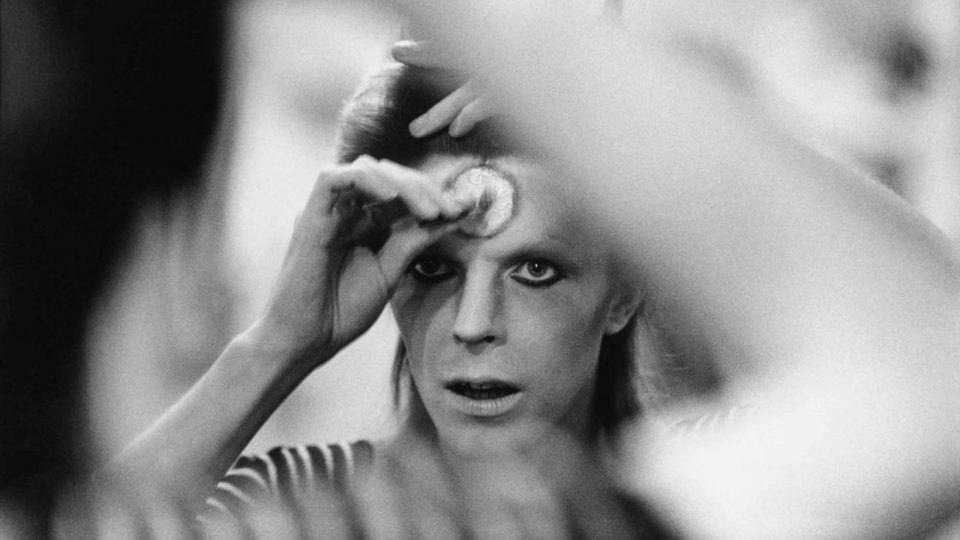The Origin Stories of Music’s Biggest Alter Egos
Examining the musical alter egos of five megastars, and why they exist
Artists have been creating multiple identities for centuries. Sometimes they use them for anonymity, and other times to represent aspects of their personalities that had remained hidden until then.
In addition to their stage names, these alter egos allow them to push the boundaries of their own style, content, and how their fans perceive them. We’re looking at five of the biggest musical alter egos of our times; some successful, others unsuccessful, but all of them still imprinted firmly in the minds of music fans.
Eminem – Slim Shady
According to American rapper Eminem, Slim Shady says the things he can’t. He was created to vent all of Marshall Mather’s frustrations, whether they were about his family, fans, or even himself. And if anyone got mad about it, it could be blamed on the ”˜character.’ In the late Nineties the emergence of Slim Shady stirred a lot of controversy and conversations about censorship, due to lyrics riddled with murder, rape, suicide and gore.
It’s often easy to distinguish between songs that star Eminem (“I’m Not Afraid,” “Rap God”), and songs that star Slim Shady (“My Name Is”, “Insane”). Although the character was brought back for his post-hiatus albums, the edginess didn’t find as attentive an audience the second time around.
Beyonce- Sasha Fierce
Beyonce’s bankability earlier in her career, both as a part of Destiny’s Child and as a solo artist, came from a lady-like integrity and a family-friendly appeal. In order to experiment both with her public persona and her music, she created Sasha Fierce on her third album I Am”¦ Sasha Fierce.
The second half of the record experiments with up tempo beats that blend Euro-pop and electro-pop, is more open about sexuality, and a lot more confident. Like Slim Shady, Sasha Fierce is Beyonce’s ”˜id’, and when she came into her own as an artist, she didn’t need the duality anymore. All the different aspects of her personality converged, and she officially ”˜killed’ Sasha Fierce in 2010.
Garth Brooks – Chris Gaines
Probably the most ill-received alter ego on this list, Chris Gaines was the lovechild of Nineties grunge and country superstar Garth Brook’s desire to break new ground. Brooks was already ridiculously successful, and decided that he wanted to experiment with rock & roll, so he created a mysterious rockstar alter ego, the moody Chris Gaines. Brooks was committed to this role, developing an Australian accent, sporting a wig, soul patch and eyeliner that complimented his dark wardrobe. His classic cowboy ensemble was nowhere in sight when he appeared on interviews, and he even performed on SNLÂ in character.
He released In The Life Of Chris Gaines, a record that was meant to introduce the world to the fictional career of this Aussie rocker. This was supposed to be followed up with a film called The Lamb, penned by Jeb Stuart, the writer of Die Hard and The Fugitive. The album, a greatest hits collection from a parallel universe, flopped badly, and the film was shelved. Over time, Gaines and his music developed a so-bad-it’s-good appeal for open-minded fans.
Prince – Camille
In mid-1986, during the peak of his creative power, Prince dropped his backing band, scrapped an LP he had been working on, and got in the studio with engineer Susan Rogers to begin a new experimental project. He altered his vocals in an artificially pitched-up style, by speeding up slow tempo vocals or using a pitch shifter. It was an extension of the androgyny that came to define him later on, and a recreation of the tone of the 1984 b-side “Erotic City.”
Within 10 days of recording the first track “Housequake,” there was enough material for an album, which was named after his feminine alter ego Camille. He allegedly even considered applying his ideas for this character to a movie. For reasons that are unclear, the record was scrapped just weeks before its release, and all copies were pulped. The songs were scattered throughout his later albums, in their lower-pitched forms.
Bowie – Ziggy Stardust
David Bowie’s alter ego Ziggy Stardust was created in the early Seventies, and is now the stuff of legend, with fans still fleshing out its mythology through clues dropped on the eponymous album. His first appearance was on the loose concept album The Rise and Fall of Ziggy Stardust and the Spiders from Mars, a glam rock milestone that explored themes of social taboos and sexual awakening. At its center was the bisexual alien rockstar Ziggy Stardust, whose musical reign is the only salvation on a dying planet, but he is eventually destroyed by his own fame. The concept embodied Bowie’s androgynous appeal, rebellious artistic instinct and outrageous fashion sense.
The character was a compilation of different inspirations, the first being British singer Vince Taylor, who met Bowie after a breakdown, when he believed himself to be a cross between an alien and a god. Other influences were punk godfather Iggy Pop, cult musician Legendary Stardust Cowboy, and Bowie’s costume designer Kansai Yamamoto. Bowie was so invested in the character that after an extended period of performances, the line between his off-stage and on-stage personas began to blur, and he started to doubt his sanity.




